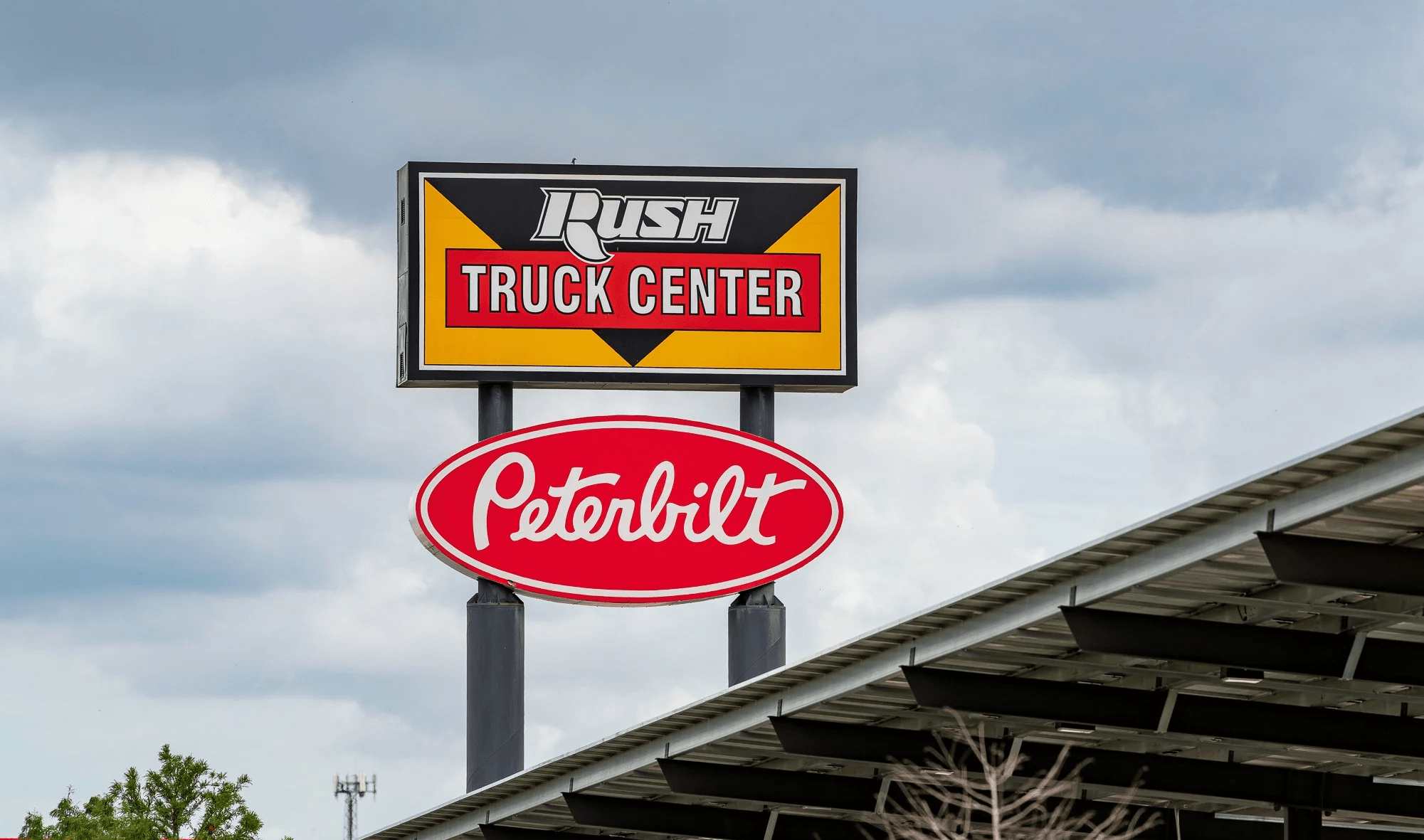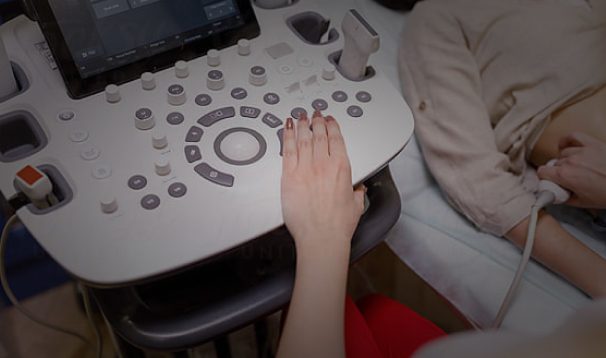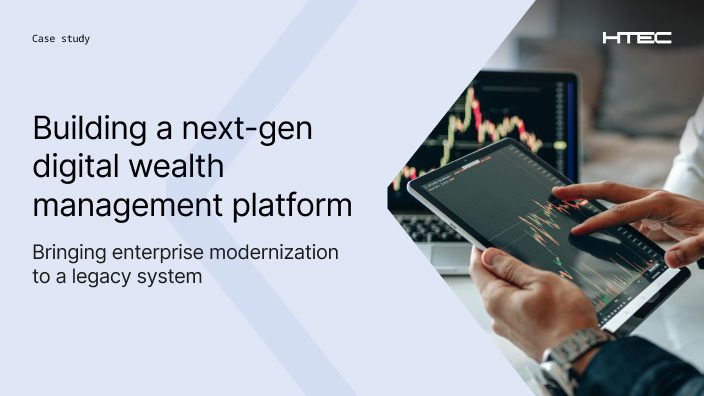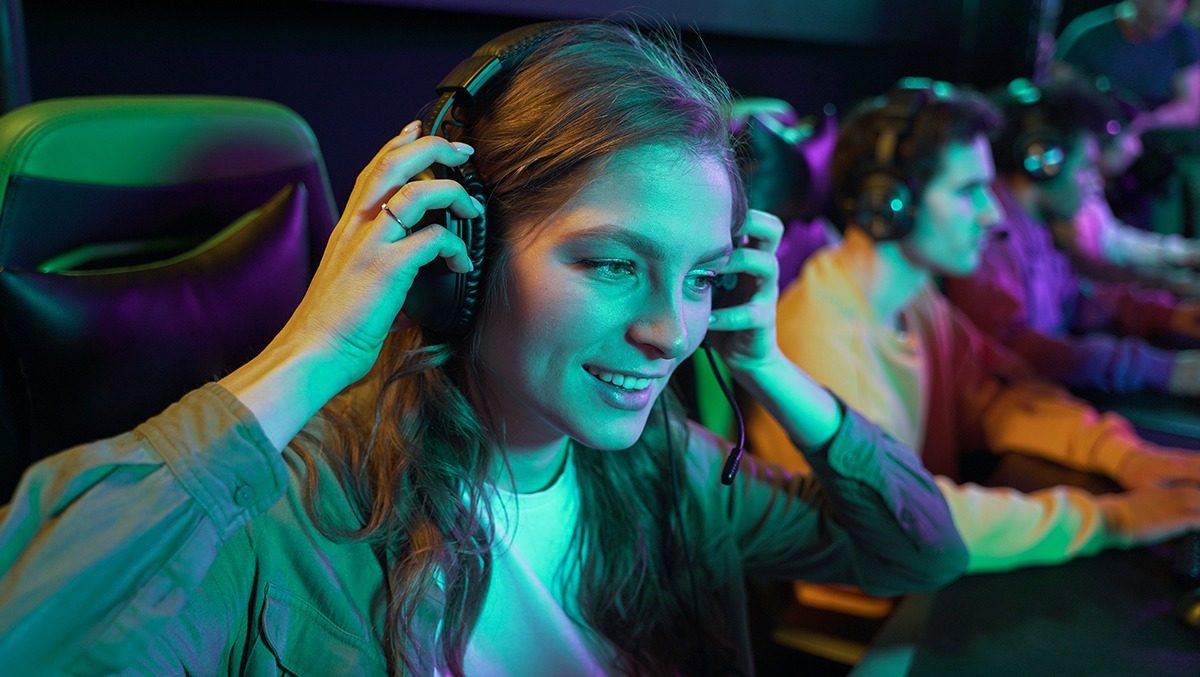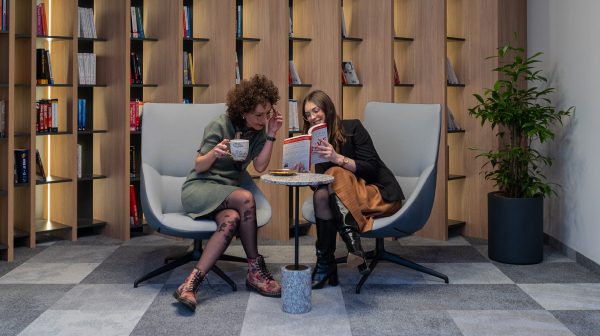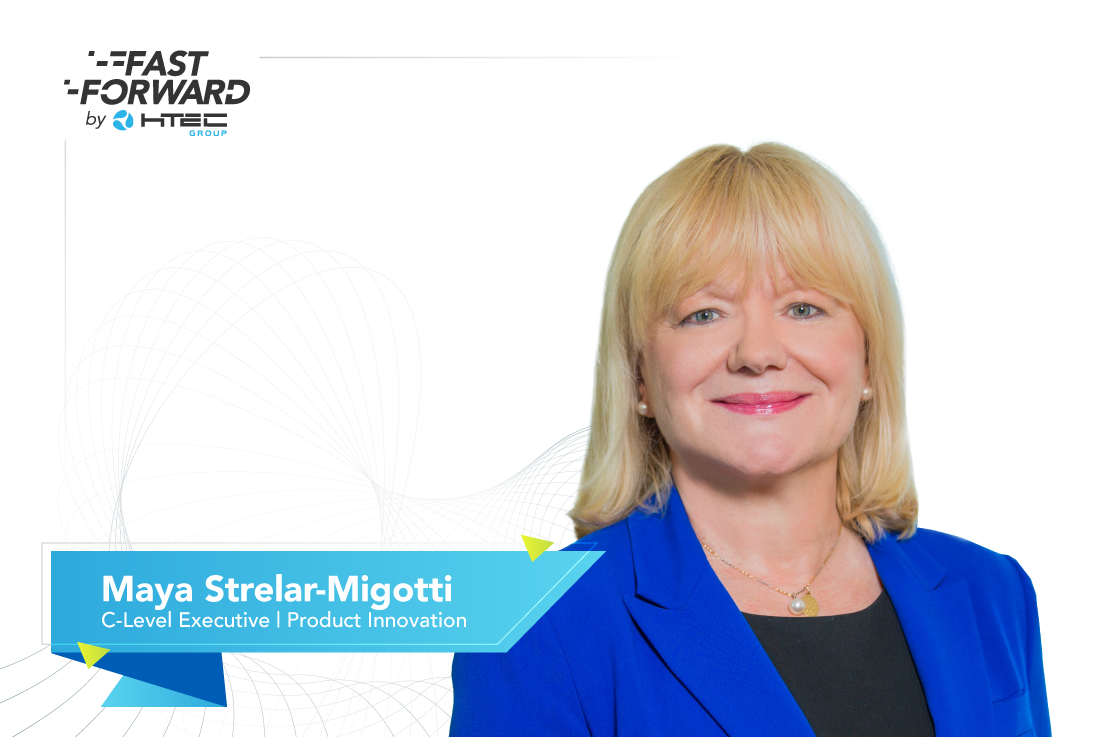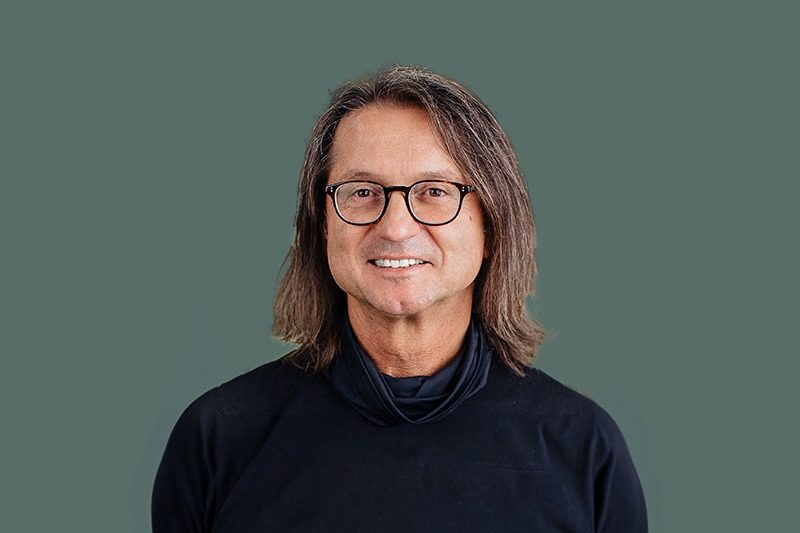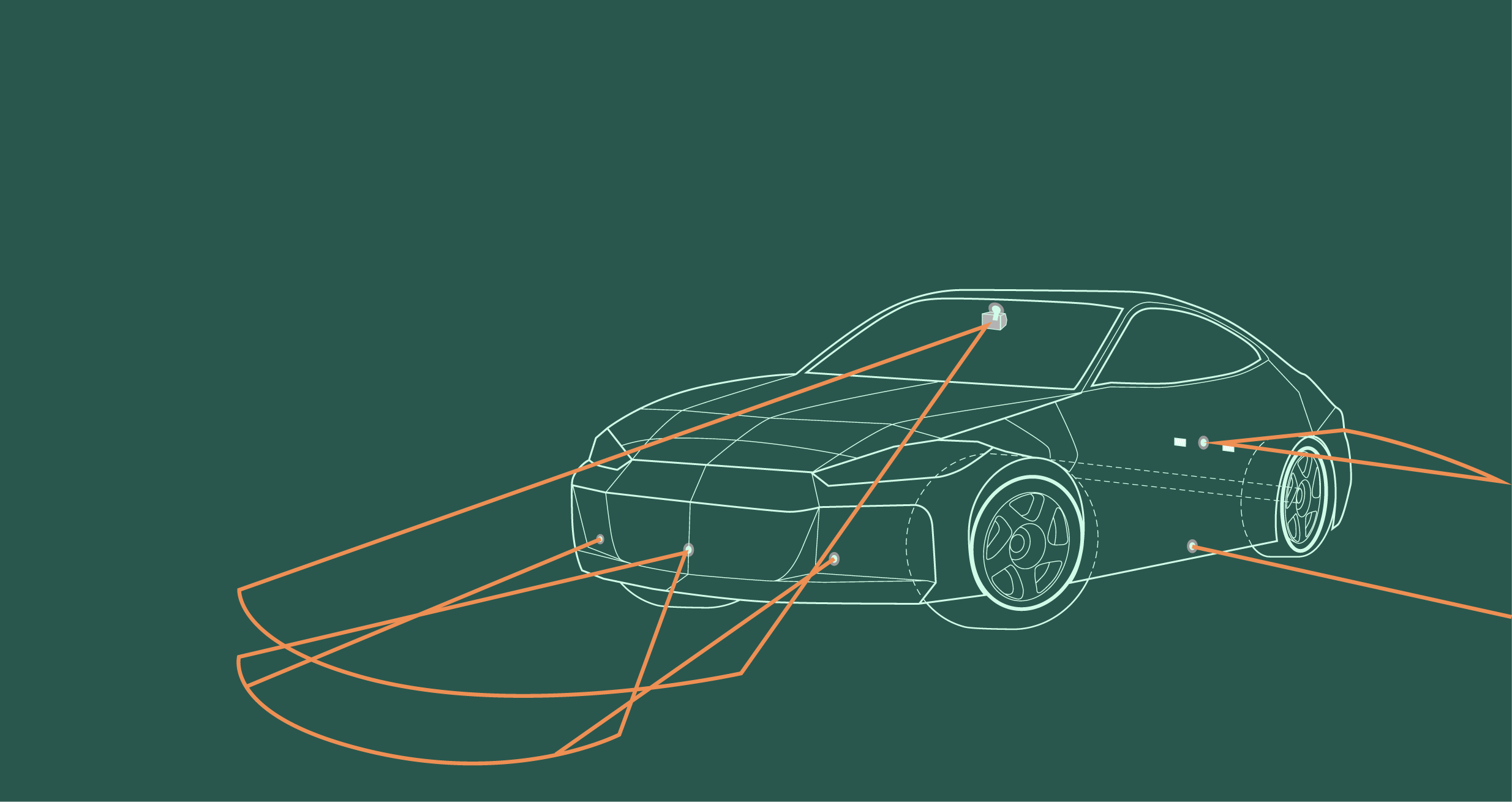“Everything revolves around people. Coaching is essential in helping people reach their full potential and achieve great things with technology.”
— Sasha Ostojic —
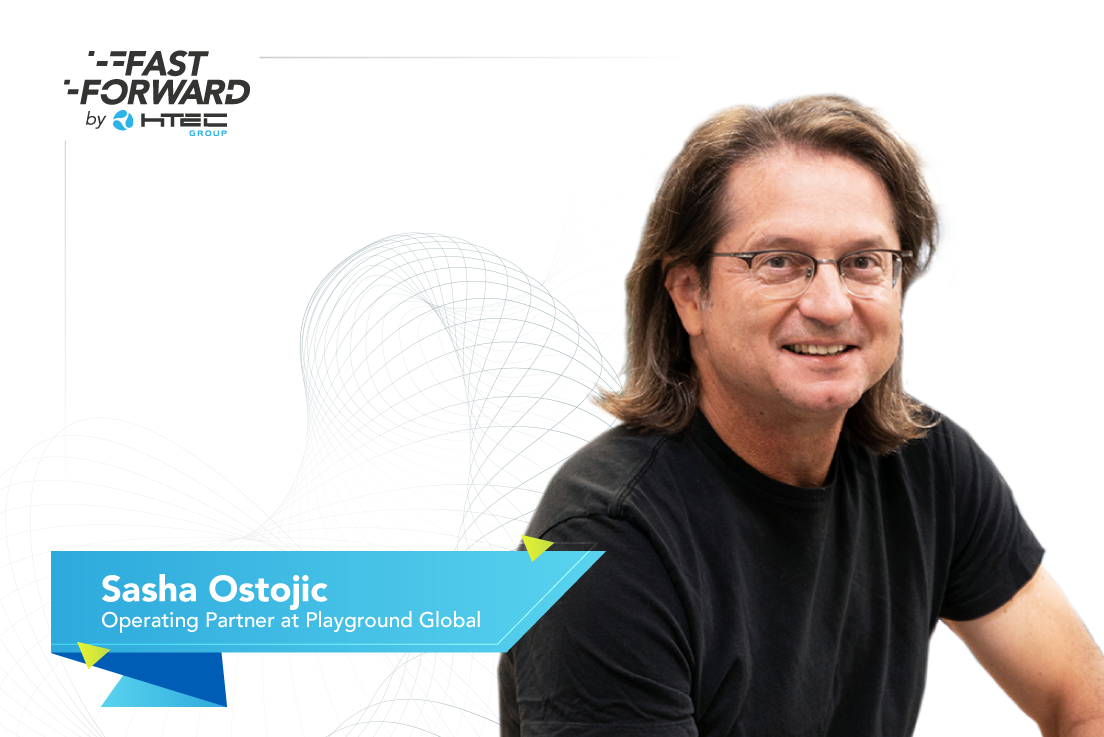
Interview with Sasha Ostojic
@Playground Studios, Palo Alto, CA—If you want the best of future tech, a glimpse from the frontier of our imaginable world, Playground Global is the place to be.
To check the truthfulness of the daring statement above, we spoke with Sasha Ostojic, an Operating Partner at Playground Global, an incredible powerhouse venture fund that supports and yields arguably some of the most groundbreaking technology of today.
We wanted to hear what Sasha thinks about startup culture, innovation, and what it takes for a startup to succeed. We talked about the interesting projects he has been involved in during the fruitful 30 years of his Silicon Valley career in tech—as a founder, engineer, and VC—as well as the exceptional startup projects that are currently incubating and taking off at Playground.
From player to coach
Before Playground, Sasha has held a broad spectrum of leading technology positions at General Electric, IBM, nVidia, Cruise, and General Motors. Even though these companies are in no way perceived as startups, Sasha remarks that he was lucky to have worked on their early startup-like innovative technology projects, some of which were voice recognition and text to speech synthesis at IBM back in 1988, and self-driving car technology from nVidia onwards. These projects were a valuable introduction to an early days startup mentality and breaking through with technology innovation to solve real world problems.
In the 14-year period between IBM and nVidia, Sasha was running his own company called Ultimate Technology, experiencing first hand what it meant to, in his own words:
“Hire people, scale teams, run teams, meet payroll, worry about people’s families, deliver products, and 14 years is a relatively long time to do that. It took multiple pivots along the way to adapt to markets, changes in technology and economy, all kinds of things come at you that you don’t plan for.”
He describes nVidia as one of the fastest-moving companies of that size. According to Sasha, the key to their success lies in their ability to innovate and adapt to technology trends, but also their capability to lead and force these trends through mostly GPU technology and what we all know now as Artificial Intelligence. When Sasha worked on these projects, more than 10 years ago, it was not even called AI yet.
Comparing the culture of big companies to that of startups, Sasha singled out two vital perks of big companies for enabling teams to work on more impactful and ambitions projects: resources and larger R&D budget.
Transitioning to Playground, Sasha’s game changed from a player to a coach. He can now apply his extensive knowledge and experience to Playground’s portfolio companies and coach them through a difficult startup environment. Leaning on his broad expertise, he brings value to many aspects of their life cycle advising startups how to run and scale teams; think, develop and deliver technologies in different domains; approach markets; design products and; perhaps the most important of all — how to achieve product market fit and grow exponentially.
Playground in a nutshell
Supporting over 40 portfolio companies across domains, either under their roof at the amazing Palo Alto studio or remotely, Playground model is such that they have operating partners with various domain expertise ownership. Sasha’s is engineering technology, product roadmap, and scaling teams—an impressive range of support and advisory power. Together, they cover all aspects of business including sales and go-to-market strategies, marketing, and executive coaching.
“We evaluate companies on an ongoing basis and deploy services where we think we can add the most value or where the most help is needed.”
The role of Playground partners is not to interfere or run these companies, they are there to help. In that sense, Playground is not to be confused with an accelerator or an incubator, it is a venture fund that provides an amazing space, infrastructure, tools and services which help their portfolio companies get to a growth stage as fast as possible.
What do startups need?
Help with scaling engineering teams is the most common problem today. Hiring and onboarding in a fast-paced tech environment is what we hear over and over again.
How to organize teams, what kind of structure do they need, workflow management, technology roadmap, identifying the right markets for technology. What is the right problem to solve with the technology they are building? Basically, Playground helps them be the most efficient with the money they received.
The founders are often highly technical professionals with degrees in computer sciences capable of creating remarkable products, but with scarce experience in managing people. In our interview audio recording you can hear an interesting example of how Sasha helped a team overcome some of their scaling and organizational issues.
Everything revolves around people. Coaching is essential in helping people reach their full potential and achieve great things with technology.
The mothership

Watch a Playground Pop-Up video
Playground’s futuristic workspace bursts with life and creativity. People are engaged in conversations, working or at play, and some are busy in Playground’s own state of the art lab, equipped with the latest technology and machines. Using this sophisticated equipment, startups can quickly prototype anything, in any material, you could ever imagine!
One of their portfolio companies which is now building rocket engines for SpaceX program, started their breakthrough journey in this very lab. Having access to these invaluable assets is essential for the success of Playground’s portfolio companies.

Playground is one of the few, if not the only, venture fund in the world that provides such unique combination of cutting-edge equipment, working environment, financial and experiential support and perks. Startups dream about a chance for Playground’s patronage.
It is a nuclear reactor of mind bending ideas. It pushes the boundaries of possible by offering new concepts and technology solutions for the world. Some of the greatest projects that have been developed under its roof and with its creative guidance are global game changers. In other words, you know you’re top if Playground chooses to fund your game play!
How technology is applied is what matters the most
Core technology has not changed much over the past 30 years. The scale, on the other hand, has changed tremendously—the amount of data available and significant boost in computational power.
“Linux has been Linux for the last 30 years, the tools are the same, it’s just the scale that has changed.”
In the early days, Playground had a sweet spot for hardware and robotics, but lately they have expanded their field of influence on software, biotech, and healthcare companies. Their goal is to invest in the areas of significant growth, the products and services that solve important problems for humankind and nature.
The future of autonomous driving
Going backwards, we touched on Sasha’s previous career in the self-driving industry. What are the main inhibitors for mass adoption of autonomous driving—legislation, regulations, or technology?
“The problem of self-driving has not been solved yet, so it is a technology problem right now, rather than legislative or regulatory. I think, when the technology is solved, regulations will follow.”
Vinod Khosla, a famous Silicon Valley billionaire and venture capitalist, says that when you’re thinking about investing in a company or you’re thinking about founding one, “you need to decide if you’re a zero-million-dollar company or a zero-billion-dollar company because that makes a difference in how you invest, how you build teams and how big your vision is”. Sasha continues by explaining that future winners in the self-driving space are zero-trillion-dollar companies because of the size of the market and opportunity but also the size of initial investment and the period of incubation.
What this means is that only those companies which can keep investing billions in self-driving vehicles over a long period of time will win the race. Some of the current players who have the capacity to support such large scale R&D projects are Google with Waymo project and Cruise with billions in investments from GM, Softbank, Honda and other investors.
Robotaxis vs consumer self-driving cars
There is an important distinction between robotaxis and consumer self-driving cars. Robotaxis will be adopted much sooner than self-driving cars due to the access to close control of a large fleet. The fleet will be regularly and meticulously maintained, serviced and upgraded by specialized teams.
Consumer cars, on the other hand, need to be fully operational when they reach global market because consumers do not expect to perform constant checks and maintenances, they expect these cars to be reliable and dependable at all times.
What are security risks around self-driving ecosystems?
“Security is a problem of all technology. When you think about these computers on wheels driving around with connectivity, you know that they can really cause massive harm.”
At Cruise Automation, they recognized security as one of the main focus areas very early on. So they hired two celebrated hackers—Charlie Miller and Chris Valaseck—to work on their automotive security systems. The two of them hacked into a 2014 Jeep Cherokee and took over the control of the Jeep fully remotely through its ECU vulnerability in something as seemingly benign as a tire pressure monitor. So there’s that.
Self-driving requires multiple layers of perception from tracking, prediction, and planning, to various control systems, making it one tightly integrated software stack running on Linux and nVidia GPU with hundreds of millions of lines of code, which is an unprecedented complexity in the history of programming. The safety, integrity, and reliability of such gigantic code is something that still cannot be fully understood.
The market seems extensive enough and the predictions are that there will be a plethora of side opportunities for smaller companies and startups to build technology around the core self-driving stack which will be dominated by bigger players. Adjacent technology will be needed to support the main ecosystem. Simulation, mapping, labeling and annotation tools for training data sets are a good example of future car technologies.
To hear more about the role of traditional car manufacturers in the autonomous driving future and the shift in car ownership models, as well as the impact of AI, technology and automation on future jobs and humanity in general—go to the audio link on top.
Working with HTEC
Sasha is also an advisor at HTEC. In his own words, he joined our advisory board because he believes in the company’s mission and the people in charge of executing that mission, especially our CEO, Aleksandar Cabrilo. Soon after Sasha and Alex met, an opportunity came up for the HTEC team to jump in and help on a small project for a company Sasha had been advising at the time.
“That was a good test case for the dedication and capability of the team. It was very well executed, quick turnaround, they performed remarkably, communicated well and delivered exactly what we asked and it further reinforced the initial impression that this is a really capable team and they can do what they say they can. After a while, much larger opportunity came through Playground portfolio company and now HTEC is in the middle of action on that project and the feedback I get is amazing, which really makes me proud. In my role, I absolutely need to have an association with the company that I can count on if I cannot hire quickly enough. And, on the other hand, in working with Alex and HTEC team, I hope I can add value in advising them on new technology trends and opportunities that I see through my role so it’s definitely mutually beneficial.”
We believe that our connection will stay strong and we look forward to the great future that we can create together.
In the end, let us present a few of Sasha’s favourite Playground companies.
Playground Superstars
Canvas Technology
Recently sold to Amazon Robotics. A self-driving cart that is used in manufacturing plants and fulfillment centers to deliver goods from station to station. What’s truly amazing and unique about this piece of equipment is that it learns and maps the space on its own. It comes with an iPad app where users can see what it mapped and define its routes and stations.
The cart will surely live up to its dream in Amazon’s warehouses and fulfilment centers, using its advanced spatial awareness for autonomous movement through space.
*Fun Fact* Its first serious job was collecting dirty dishes at Playground. ☺ Still on duty here!
PsiQ
A general purpose silicon photonic quantum computer.
“Quantum computing is a field that’s really black magic when you understand how it works and how we can utilize photons to transmit information and perform calculations and the fact that quantum entanglement implies moving back and forth in time. It’s just mind boggling how this technology works!”
This company has achieved major milestones in quantum computing, taking the leading position alongside Google, Microsoft, and IBM’s quantum projects.
Playground is the lead investor, but Psi has recently attracted significant interest from other major corporations and funds. The company has hit every single milestone they set, “which is pretty amazing in such an innovative technology space with so much uncertainty”—Sasha remarks with admiration. The team has recently published a book on quantum computer programming in a simulation environment, which is expected to bring them global visibility and the leading position in the field.
Robust AI
Robust.AI launches to build an industrial-grade cognitive platform for robots — TechCrunch
In his own words, Sasha likes this company because it exemplifies the caliber of people that work & play at Playground.
Rodney Brooks, an MIT professor of robotics and probably the #1 roboticist in the world, who has domineered the field of AI and robotics for the past 40 years. Better known as the father of Roomba vacuum cleaner, the earliest wide-scale consumer robot and an indispensable house helper in millions of homes around the world.
Gary Marcus, a world-class neuroscientist and a Professor of Psychology and Neural Science at NYU. He has published extensively in magazines like New York Times and Science and Nature, in the fields of neuroscience, psychology, genetics, and AI. AKA the CEO and Founder of Geometric Intelligence, the machine learning startup recently acquired by Uber.
Their team is trying to solve the problem of cognitive limitedness of AI, in that current AI can only be trained to perform specific and narrow tasks. The ambition of Robust.ai is to expand AI’s way of thinking so that it can perform complex operations and assume a certain type of behavior. To “think outside the box”, it needs a new cognitive layer that will enable it to understand the context of the world around it.
Relativity Space
https://www.relativityspace.com/
The creator and owner of the largest metal 3D printer in the world called Stargate. They 3D print rocket engines in a matter of days with the most advanced technology ever seen.
OUR TECHNOLOGY BUILDS TOWARD OUR LONG-TERM VISION OF SCALING AND SUSTAINING AN INTERPLANETARY SOCIETY. — Relativity Space’s mission
Sparta Science
https://www.spartascience.com/
World leader in the sports science. They use machine learning and data to predict, reduce and rehab sport injuries and maximize athletes’ potential. Now used by the NFL teams, as well as the US military.
“When San Francisco 49ers’ quarterback Jimmy Garapollo got injured, Sparta Science predicted his injury and warned the medical staff of 49ers to do particular strength exercises with the quarterback. He injured his knee as Sparta Science predicted and now Sparta Science’s equipment is used in most NFL teams and many sports teams around the world.”—Sasha shares an inside story.
The device they developed pairs with AI and advanced analytics to assess how weight is distributed in a body and how pressure is applied to joints to predict possible injuries and suggest the most effective trainings.

My visit to Sasha and Playground was an enriching experience. I believe we all have something to learn and take away from Playground and its star voyagers. Stay tuned for our next FastForward interview as I promise the next big leap into the future!

